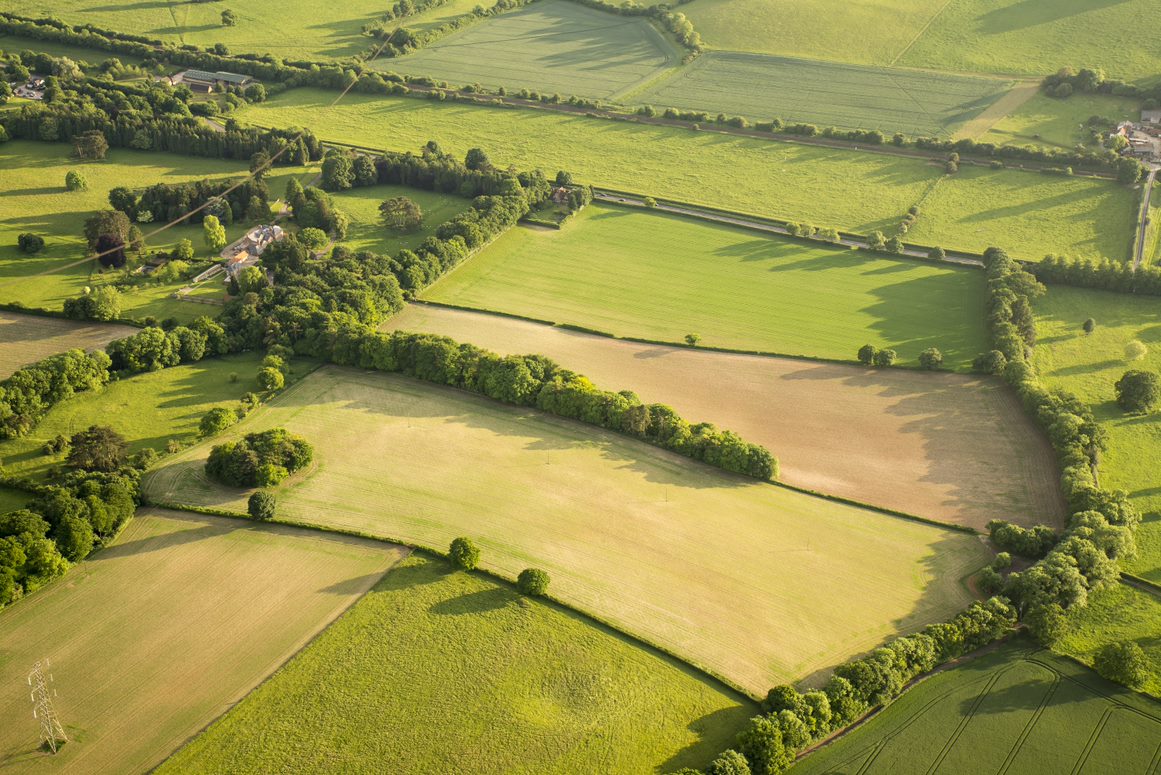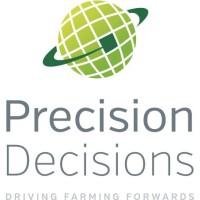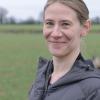Traditional soil sampling where a single composite soil sample is collected from a field (usually a composite sample of 25 cores taken from a ‘W’ across the field) will provide an average soil pH and nutrient indices for the field. This is the cheapest soil sampling option, however it can potentially conceal significant variation in soil pH and nutrient indices.
Soil sampling from a number of points within a field can provide information on spatial variability in soil pH and nutrient content and can be used as a basis to produce soil pH and nutrient maps.
There are two main approaches to precision soil sampling:
i. Grid or regular sampling uses a regular sampling strategy such as sampling on a 100m grid or dividing the field into 1 ha polygons and sampling the centre point of each polygon. The location of each sampling point is GPS logged and this information is used to create a contoured map of soil pH and nutrients using a method of data interpolation to estimate values between the measured points.
ii. Zone based or ‘targeted’ soil sampling uses existing knowledge of within field soil variability to direct where samples are taken. Soil zones can be based on measured soil and/or crop variability for example using soil EC maps, soil brightness maps, yield maps or any other source of information on within field variability. Once the zones are defined each is sampled separately.
This type of more detailed soil sampling is of most value in variable fields where it identifies lower soil index areas which would otherwise have been under fertilised or under limed. For arable crops the target soil Indices are pH 6.5, P Index 2 and K Index 2-. Where soil pH or nutrient levels vary above these target levels, this variation should not be expected to affect crop yields, however variable rate fertiliser application may still offer cost savings from not over applying to higher Index areas.
Share your experience with soil mapping in the comments below, or by connecting a post to this Topic.







